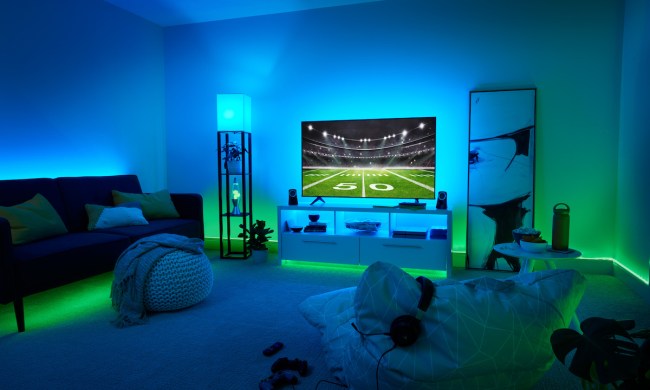While they will always require context and analysis, numbers often speak volumes.
According to the Census Bureau, there are approximately 62.1 million Hispanics/Latinos living in the U.S. today, which equates to 18.7% of the population. Do these numbers seem small to you? Well, let’s add context: 10 years ago, it was 16.3%.
More context: In this last decade, half of the population growth was accounted for by Latinos. The other half was the Asian population (24 million in total), the white population (down in numbers from 2010), and the other demographic groups that make up an increasingly multiracial and multicultural country.

And there is a fact that speaks for itself: The average age of the Latino population is under 30 years old, specifically, within the range from 27 (2010 Census) to 29 (2020 Census). In other words, that’s a population that’s ready and willing to work, study, build, create, and contribute to the betterment of the U.S. for years to come.
More context? We are talking about 10 years younger than the average age of the general population. This is a range in which many are forging a working future. Some have completed their university studies, and more than a few are starting their postgraduate studies. It is an age in which we have all learned many things, but we still have a whole life ahead of us. It is an age of youth, strength, and desire.
This is the future of Hispanics in the United States.

In 1968, Congress authorized President Lyndon B. Johnson to proclaim National Hispanic Heritage Week, which began on September 15 and commemorated the independence of Costa Rica, El Salvador, Guatemala, Honduras, and Nicaragua. It also marked September 16 through 18, the days on which Mexico and Chile also celebrate their national holidays. The resident’s proclamation urged the American people to celebrate the week with appropriate ceremonies and activities. And to further encourage participation, in 1974, President Gerald R. Ford issued a proclamation urging schools and human rights organizations to participate fully.
But a single week for such a large “minority” group was not enough. Twenty years later, on August 17, 1988, Republican Ronald Reagan reiterated Ford’s call for even broader recognition of Hispanic Americans. To that end, Congress passed Law 100-402, which extended the celebration to 31 days, a period dubbed National Hispanic Heritage Month, to celebrate the history, language, future, and past of Latinos in the United States.
At the time of Johnson’s proclamation in 1968, there were just over 9 million Latinos in the United States. As we said before, today there are more than 62 million people who identify their heritage with Cuba, Mexico, Puerto Rico, Central, and South America, as well as with some other Hispanic-Latino cultures regardless of their race.
This trend will only continue, especially if we consider the average age that we have also mentioned. The Hispanic population still has a lot to give. And it has already given this country an enormous amount.

Today, there are more than 4 million Hispanic-owned and founded businesses across the U.S., which are responsible for more than $700 billion in contributions to the U.S. economy. In the coming decades, Hispanics will represent an even larger proportion: The Hispanic population in the United States is expected to reach 128.8 million by 2060, making up approximately 31% of the U.S. population. They will constitute — as they do now — a significant portion of the labor force, which will add to the growing impact of Hispanics in all areas of U.S. life, whether in the workplace, the arts, culture, or science and technology.
Art, science, and technology emerge where there are ideas, vision, and effort. Where there is initiative, restlessness, and self-improvement. Where there is the ability to imagine something different from what we already have. And where we can put that imagination into action.
We all celebrate this month as one people. We celebrate as what we are.
This article was translated from the original Spanish version published on Digital Trends en Español



